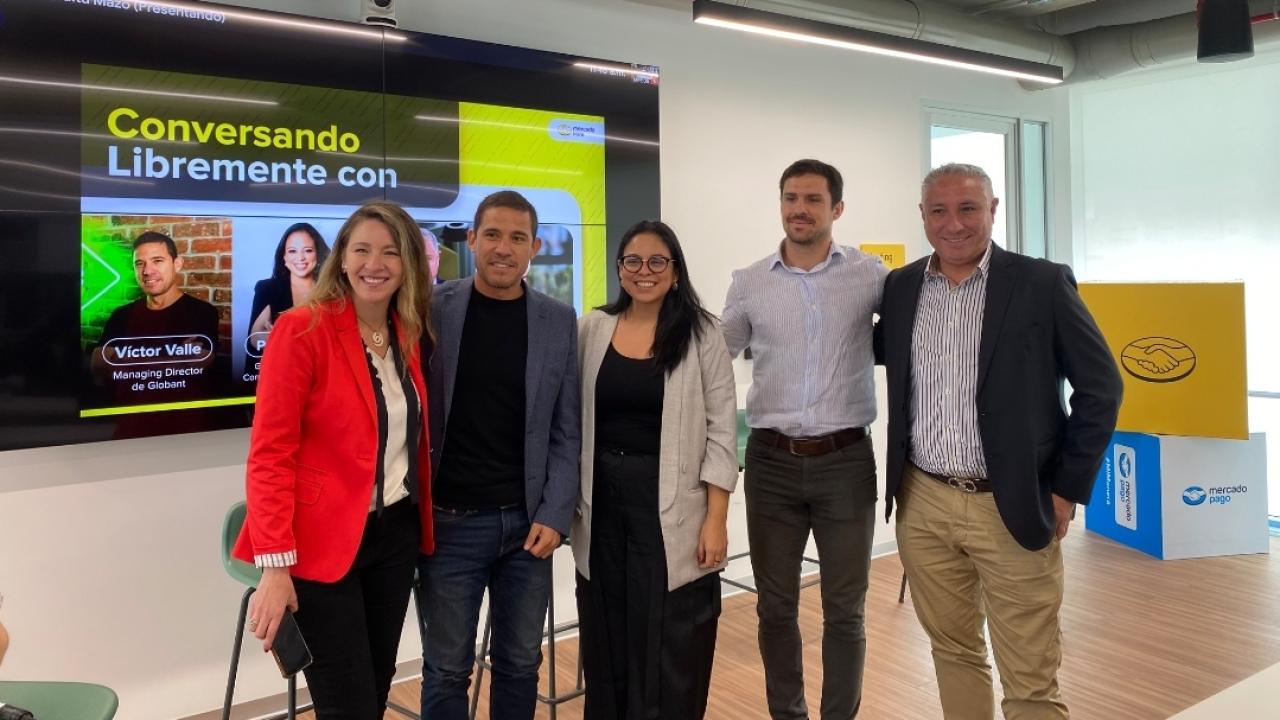
Even after the acceleration in technological adoption that the pandemic brought with it, the “conformist” mentality in the commercial field, the lack of a governing body and, consequently, incentives, explain why Peru is lagging behind in the digital transformation compared to its neighboring countries.
In 2023, e-commerce in Peru grew 7%, moving a total of US$ 13,000 million. However, it was the lowest growth in the last 13 years, according to the latest report from the Ecommerce Observatory 2023-2024 of the Peruvian Chamber of Electronic Commerce (CAPECE).
“The MSME world of commerce is very traditional. It is in the Polvos [pink and blue, commercial emporiums] and not in the digital world,” stated Pedro White, Head of Mercado Libre in Peru during his presentation at the event 'Accelerating the country's digital economy'.
This is how he reinforced his claim that a "conformist" mentality prevails in Peru in the commercial sphere, which explains why the country is lagging behind in the adoption of modern technologies compared to its neighboring countries, even after the acceleration in the technological adoption that the COVID-19 pandemic brought with it.
“ Online purchases per capita in Peru represent only a tenth of the total in Argentina, despite the fact that the former has a larger population,” White explained. “There is a lack of digitalization incentives.”
Since 2022, Mercado Libre, present in 18 Latin American countries, has observed the repercussions of the economic contraction in Peru, attributing this phenomenon to the reactivation of activity a year later than in other regions. This discrepancy was evident when comparing order volumes between the years 2022 and 2023, instead of 2021 and 2022, White said.
Added to this are the collateral effects at the political, economic and social level, which according to CAPECE explain why, from 2.4% in 2019, the industry currently represents 5.4% of the GDP “when it should have quintupled.” [since 2020, the year of the pandemic].”
“The daily life of a Peruvian is challenging,” White reasoned. “[For an MSME] to transform digitally is difficult because it involves fixed costs and resources, a medium and long-term vision.”
In this way, White presents the progress of the logistics arm of Mercado Libre through Mercado Envoys and with which long-term plans were drawn up in the country.
This initiative, which has strategic alliances with the Peruvian company Olva Courier, is capable of making up to three million daily shipments within 24 hours, and in a maximum of 48 hours by air. But the company seeks to establish storage and distribution centers in the country, so the first steps towards this goal are reflected in the confidence of entrepreneurs in its FLEX technology, says White. The alternative provides complete package traceability visible to entrepreneurs, from packaging to final delivery, allowing them to increase their presence in the industry as adoption grows.
Along the same lines, to accelerate the digital transformation process of MSMEs, Pedro White proposes a collaborative public-private alliance. This would imply the creation of a comprehensive strategic plan that takes into account investments and incentives in the digital field, such as the implementation of a day without VAT and IGV in Colombia or the reduction of taxes to zero, in order to stimulate investment.
“More than competitors, we are colleagues. We need a governing body in Peru,” he concluded.









